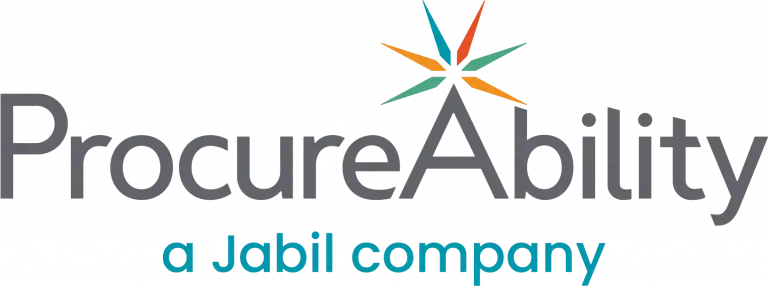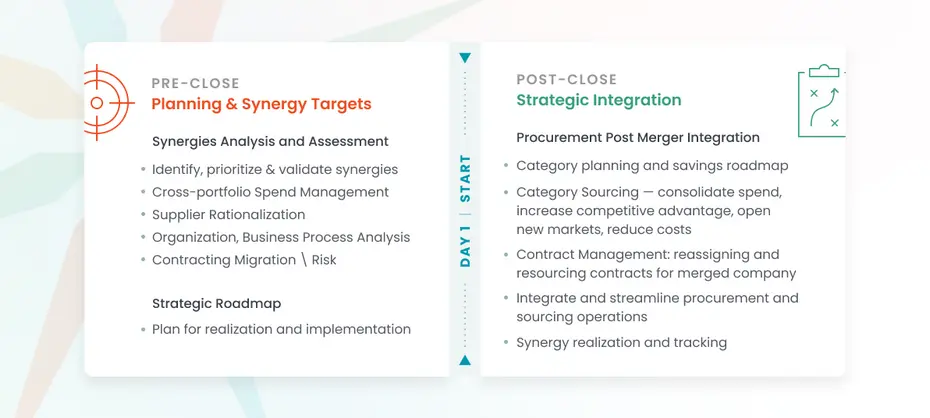
In today’s high-stakes world of mergers and acquisitions (M&A) and private equity (PE), capturing measurable value within the first 12 months is critical. Yet many deals fall short—often because procurement opportunities are overlooked. Procurement is one of the most powerful levers for achieving cost synergies and driving long-term value, but it is frequently underutilized or engaged too late.
This guide presents a 3-phase M&A procurement integration approach to support deal success from Day 1 through long-term transformation. It helps procurement leaders, integration teams, and the Integration Management Office (IMO) align on how to unlock and sustain value.
Why Procurement Matters in M&A
Third-party spend is often one of the largest (and most controllable) cost bases in a newly merged organization. Procurement plays a pivotal role in:
- Capturing synergies quickly to boost early investor confidence
- Aligning strategic sourcing across business units
- Driving long-term procurement transformation to sustain value
Many transactions fail to reach their full potential due to weak procurement due diligence, misaligned synergy targets, fragmented supplier bases, cultural and operational gaps, and poor change management.
The timeline below highlights key procurement milestones—Pre-Close and Post-Close (Day 1–100+)—that should be implemented and actively monitored throughout the integration process. In most transactions, the Integration Management Office (IMO) oversees these activities as part of the broader M&A integration strategy.
The 3-Phased Approach towards Procurement Synergy Realization
1. Synergies Identification & Prioritization:
Procurement synergies in integrations often come from quick wins, strategic sourcing, and broader procurement transformation initiatives. For example, common sources include:
- Economies of scale
- Price harmonization and volume discounts
- Improved contract negotiations
- Supplier base rationalization
- Enhanced organizational efficiency
- Integration of spend management, category strategies, and sourcing plans
First, companies should follow a structured, data-driven approach to identify and estimate synergies. Establishing an accurate synergy baseline is critical to ensure targets are achievable.
Next, prioritize initiatives by mapping them on a financial impact vs. success probability matrix. In particular, quick wins—those with the highest probability of success and largest financial impact—should be addressed first.
2. Strategic Roadmap Planning & Execution:
Once synergies are identified, a clear procurement synergy implementation plan should be ready before Day 1. Moreover, it must align with the broader M&A integration strategy and timeline. All key stakeholders—including Finance, Procurement, Operations, and the IMO—should validate and agree on the plan to ensure ownership and accountability. Key elements include:
a. Category Planning: Identify target categories based on similarities between buyer and seller. Then, implement initiatives in phases by category to maximize savings for the combined entity.
b. Contract Rationalization: Review and harmonize contracts across both organizations. Additionally, engage suppliers to negotiate the best pricing, terms, delivery, and services.
c. Sourcing Activities: Strategically plan sourcing based on spend reviews and identified savings targets. This includes defining RFPs, allocate resources, establish timelines, and determine tools for execution.
d. Sourcing Process Improvements: Identify and implement short-term and long-term process enhancements to drive additional savings.
A centralized control tower can also be established to ensure greater spend control, visibility, and accountability during execution.
3. Synergies Realization and Tracking:
After Day 1, track realized procurement savings against the original synergy targets established during due diligence. To ensure accuracy, align early on the right tools, processes, and reporting cadence for post-merger synergy tracking.
Regularly, synergy reporting increases transparency, strengthens procurement accountability, and keeps stakeholders focused on cost reduction and value creation goals. Meanwhile, leadership engagement remains critical throughout the process.
In particular, the Chief Procurement Officer (CPO) should be involved from the due diligence phase to define targets and guide the implementation roadmap. Ultimately, a well-structured synergy realization plan enables procurement teams to maximize deal value and deliver sustainable results across the newly integrated enterprise.
Why External Support Matters
However, many procurement teams lack the dedicated resources or M&A integration experience to fully capture promised cost synergies. In such cases, external expertise can bridge that gap effectively.
ProcureAbility’s procurement transformation and integration experts help companies navigate post-merger complexities, ensuring your team can:
- Deliver on synergy targets
- Drive sustainable savings
- Unlock the full value of the deal
By partnering with experts, procurement becomes a true value driver rather than an overlooked function in M&A. As a result, organizations achieve both short-term wins and long-term strategic impact, while building procurement capability for future deals.




